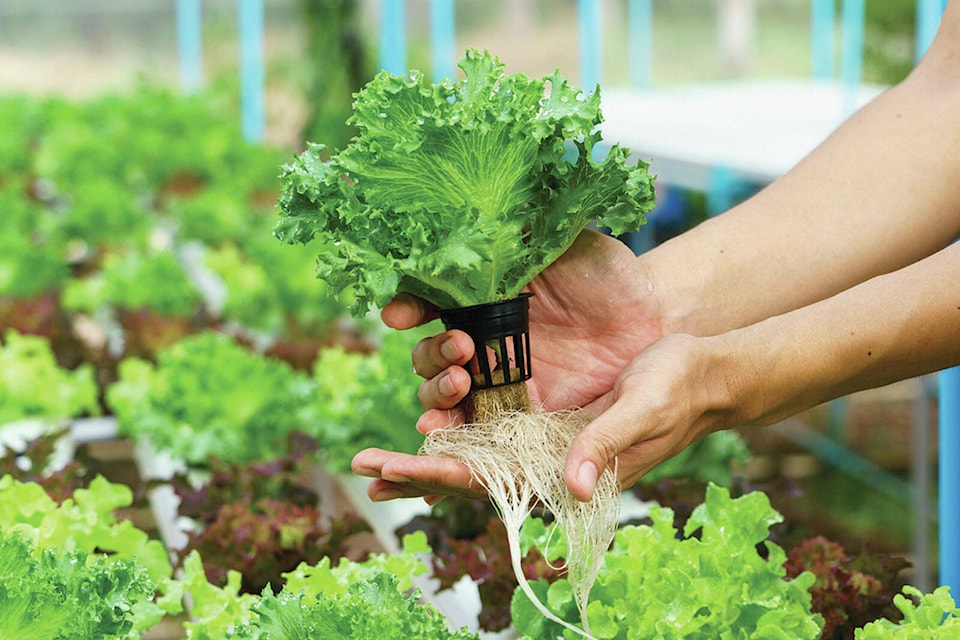Hydroponic systems are used by home gardeners and commercially. There are many different growing mediums used. It often depends on the hydroponic system, crop grown and what material is readily available. The line between hydroponic non-hydroponic growing medium is blurred. The growing medium in hydroponic plant systems provides a place for roots to anchor and gather nutrients.
Clay balls, also commonly known as lightweight expanded clay aggregate (LECA), are considered to be hydroponic or semi hydroponic depending on how they are used. Plants grown in the home are usually semi-hydroponic as the plants are in either pots designed for clay balls or in a self-watering planter with a wick system.
When used to grow crops, LECA is usually part of a system where the nutrients flow in and out at timed intervals as the clay balls do not retain moisture or for long periods of time.
Plants can be propagated in LECA or the dirt can be carefully removed from existing plant roots. Roots of some plants tend to hang onto LECA making it hard to remove plants from LECA without damaging roots.
The initial outlay for clay balls can be expensive but they are easily sterilized between crops and can be used for years.
Growstones are made out of recycled glass. The pieces are porous and irregularly shaped allowing them to hold both moisture and air.
Growstones are similar to LECA balls as they can be sterilized and reused or recycled. Plant roots tend to surround the glass making it hard to change growing mediums without damaging roots.
Silica sand is used to manufacture the product and all traces must be removed before they are used.
Rock wool is made by heating either granite or limestone to high levels then spinning the product into a fine thread and cooled into the shape of sheets or cubes. The product has great air and water retention but has a high pH which means growers have to watch and adjust the nutrient solution regularly. According to the Oklahoma State University extension, Rock Wool has a life expectancy of four years and is not recyclable.
Coconut coir which is made from shredded coconut husk holds moisture and retains air when moist but compresses when dry making it economical to ship. The product is environmentally friendly and easy to recycle.
Not all manufacturers use the same manufacturing process leaving some product with excess salts that damage crops. Do some research before purchasing.
Oasis is foam designed for the florist trade. It is used to germinate seeds and propagate cuttings then integrated into another growing medium. Left on its own, oasis does not hold the correct amount of water and air to grow plants.
Perlite, vermiculite, sand, gravel, bark, sawdust, peat, shale and lava rock are some of the other mediums used for hydroponic growing. Like the ones mentioned above there are pros and cons with each growing medium and each hydroponic system. Take time to do research into the different mediums before purchasing. For unbiased information choose the sites that are linked to agricultural or horticultural education or research. While older books will contain reliable information they may not have information on newer products.
Linda Tomlinson has gardened in Central Alberta for over 30 years. She can be reached at your garden@hotmail.com.
